The PlayStation 2 era was a magical time for Dragon Ball fans — we had everything from traditional fighting games, to more simplified fighting games, to arena fighting games… well, it was certainly a magical time for fighting game fans, anyway!
This was still the era of games receiving differently-localized titles worldwide, leading to confusion over which games were technically part of which other series. In the case of Dragon Ball games, the “Budokai” games and “Budokai Tenkaichi” games are completely different series from completely different developers that are completely different kinds of games that actually have completely different names in Japan!
What was the “Budokai” series?
The “Budokai” series was developed by Dimps and is simply called the “Dragon Ball Z” series in Japan: Dragon Ball Z, Dragon Ball Z 2, and Dragon Ball Z 3.
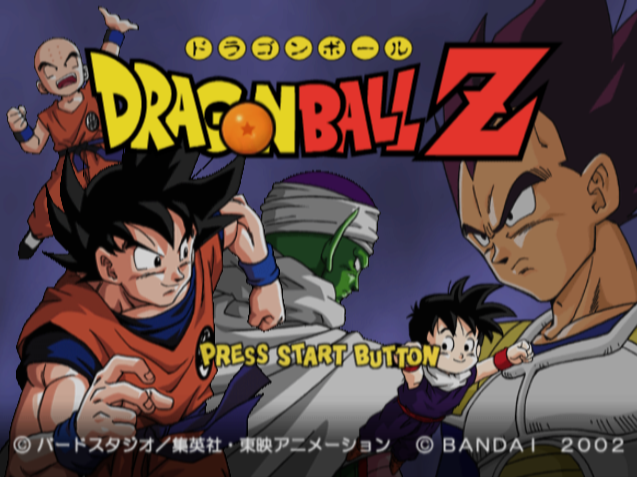
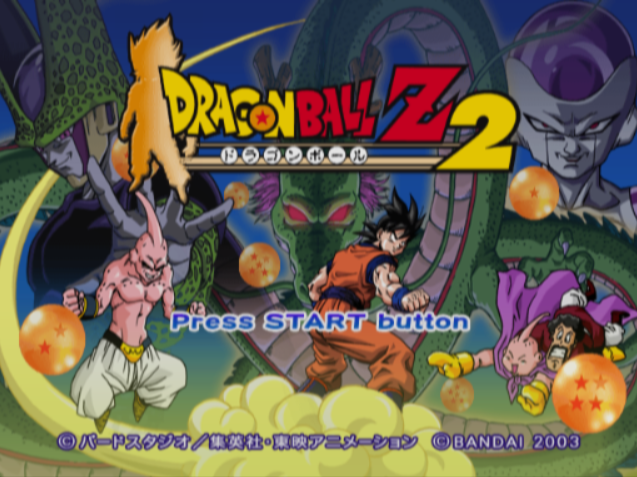
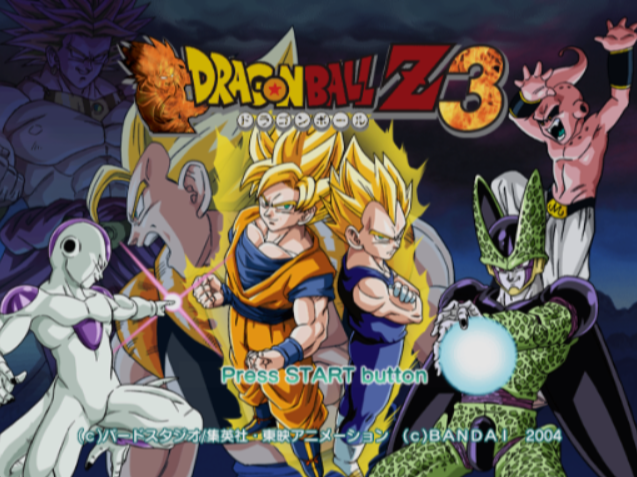
This semi-traditional fighting game series featured a single plane of view with sidesteps and limited flying. The first game is notable and fondly remembered for its cutscene-focused story mode. The second game had a story mode driven by a board game, while the third game had a faux-“open world” sort of visual novel story mode approach. Each covered more ground story-wise than the last by increasing the number of characters, stages, and techniques. The third game in particular included a heavy revamp of mechanics, specifically with the inclusion of the “baseline ki” and the Dragon Rush (rock/paper/scissors-style) gauge.

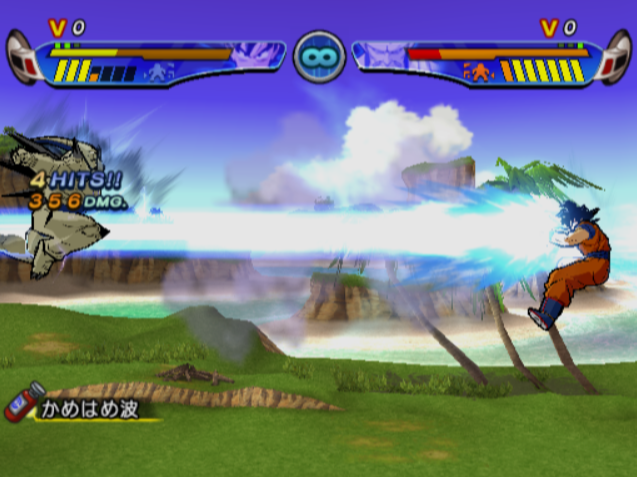
Though all three mainline games technically released in America before Japan, the series was initially conceived of and primarily developed for the Japanese nostalgia market. The first and second games saw PlayStation 2 and Gamecube releases, while the third was exclusive to the PlayStation 2.
Dragon Ball Z: Infinite World hit the PlayStation 2 in 2008, and was effectively a sort of “Budokai 3.5” with additional characters and its own new take on a single-player story mode. Dragon Ball Z: Burst Limit for the PlayStation 3 and Xbox 360 was likewise developed by Dimps and released in 2008, and is seen as a sort of soft-reboot/reimagining of the classic “Budokai” formula.
The first and third games were overhauled (with a fully replaced soundtrack) into a “Budokai HD Collection” release for the PlayStation 3 and Xbox 360 in 2012.
What was the “Budokai Tenkaichi” series?
The “Budokai Tenkaichi” series was developed by Spike (now Spike Chunsoft) and is called the “Sparking!” series in Japan: Dragon Ball Z: Sparking!, Dragon Ball Z: Sparking! NEO, and Dragon Ball Z: Sparking! METEOR.
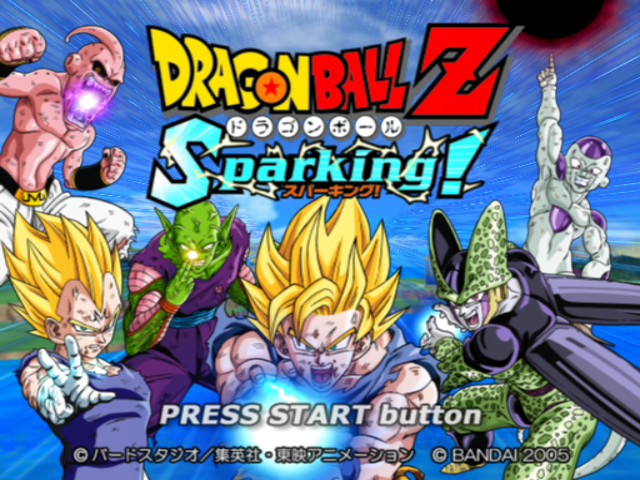
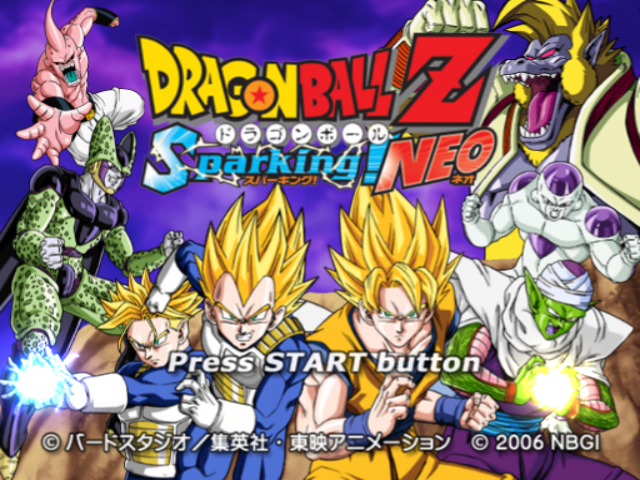

The series features fully 3D stages with lock-on targeting and free flight. Each game covers more ground than the last by increasing the number of characters, though the story mode types vary from game to game. There are some minor mechanics differences between the second and third games, so even though the third game has more characters, there are diehard fans of the second game who favor its mechanics and intricacies.
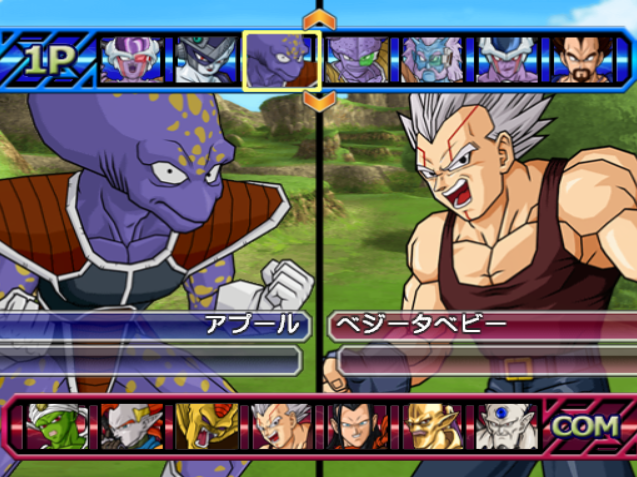
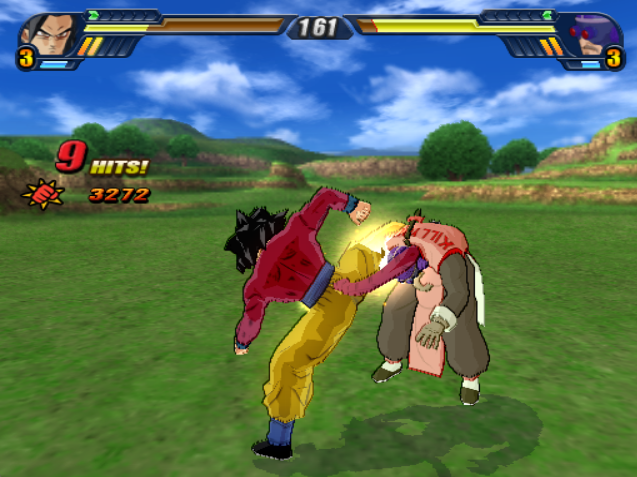
In Japan, the Sparking! series is notable for its musical score: the series features newly-orchestrated versions of Shunsuke Kikuchi’s original score to the Dragon Ball animated series, also supplemented by instrumentals of popular opening, ending, and insert songs. Internationally, the music across all three games was replaced wholesale: the first game featured recycled music from Dimps’ “Budokai” series, while the second and third games featured entirely new (composed in Japan!) replacement scores by Takanori Arima and Toshiyuki Kishi.
The first game was exclusive to the PlayStation 2, while the second and third games saw Nintendo Wii versions, as well.
A portable entry in the series — Dragon Ball Z: Tag Vs., retitled as “Tenkaichi Tag Team” internationally — was released on the Sony PlayStation Portable (“PSP”) in 2010. This game featured two-vs-two multiplayer action (unlike the one-vs-one of the mainline console games), and remains exclusive to the PSP.
Following the Sparking! series, Spike went on to produce the three “Blast” games on the PlayStation 3 and Xbox 360: Dragon Ball: Raging Blast, Dragon Ball: Raging Blast 2, and Dragon Ball: Ultimate Blast (retitled “Ultimate Tenkaichi” internationally). The crossover arena fighting games J-Stars Victory Vs. and Jump Force also later came from Spike.
Isn’t the name “Budokai Tenkaichi” backward?
It sure is! The Tenka’ichi Budōkai (天下一武道会) is a popular martial arts tournament held in the Dragon Ball universe, with several of them — 21st, 22nd, 23rd, 25th, and 28th — being important story arcs or setups in the original story.
Why are the names different between Japan and America/Europe/etc.?
Changes to video game titles has been a fairly standard practice historically — think to the “Resident Evil” vs. “Biohazard” series, for example. A game title of “Tenkaichi Budokai” was actually an option on an official FUNimation dragonballz.com website poll back prior to the game’s international announcement — but wound up with its “backward” title by the time of release, anyway!
In many cases, including the Sparking! series, developers and publishers have been working toward marketing strategies that bring worldwide cohesion to the series names. The most recent game in the series, Dragon Ball: Sparking! ZERO, is titled as such worldwide, though the international branches have recognized that the “Budokai Tenkaichi” name still holds some weight and use it appropriately when marketing the new game.
Wait — there’s a new “Budokai Tenkaichi” game?!
Dragon Ball: Sparking! ZERO — once again developed by Spike Chunsoft — was marketed as being the next entry in the Sparking! / “Budokai Tenkaichi” series. The game was released for the PlayStation 5, Xbox Series X|S, and PC (via Steam) in November 2024.
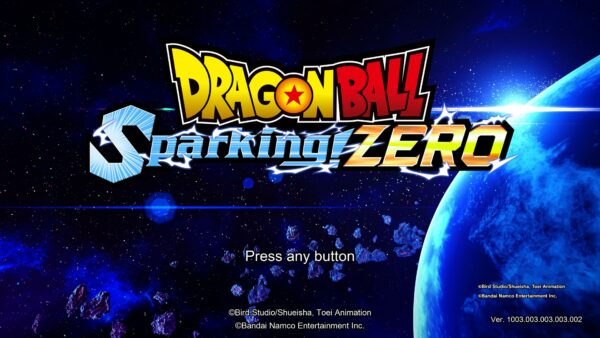
Additional Resources
Want to learn more about these topics and a wealth of other ones? Kanzenshuu has you covered! The following sections may be of interest to you:
As with everything you’ve already read on this page, the same goes for the rest of the site: what you get here is well-researched and documented information from experts who care, with no ads and no nonsense. We do this because we love it, and because you deserve it. Want to show a little appreciation, though, and get more involved?



